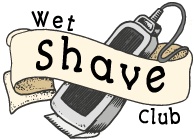Electric shavers offer a safer way to shave compared to traditional razors. These devices have become popular due to their convenience and reduced risk of cuts and nicks.
Unlike manual razors, electric shavers use oscillating or rotating blades that move behind a protective screen, minimizing direct contact with the skin.
This design significantly reduces the likelihood of accidental cuts, making electric shavers ideal for individuals with sensitive skin or those prone to shaving-related injuries.
Furthermore, electric shavers are versatile and can be used on various parts of the body with precision and efficiency. Many modern electric shavers also come with features such as adjustable settings, ergonomic designs, and built-in skin protection mechanisms.
While some individuals still prefer the ritualistic feel of a traditional wet shave, electric shavers offer a practical alternative that prioritizes safety and ease of use.
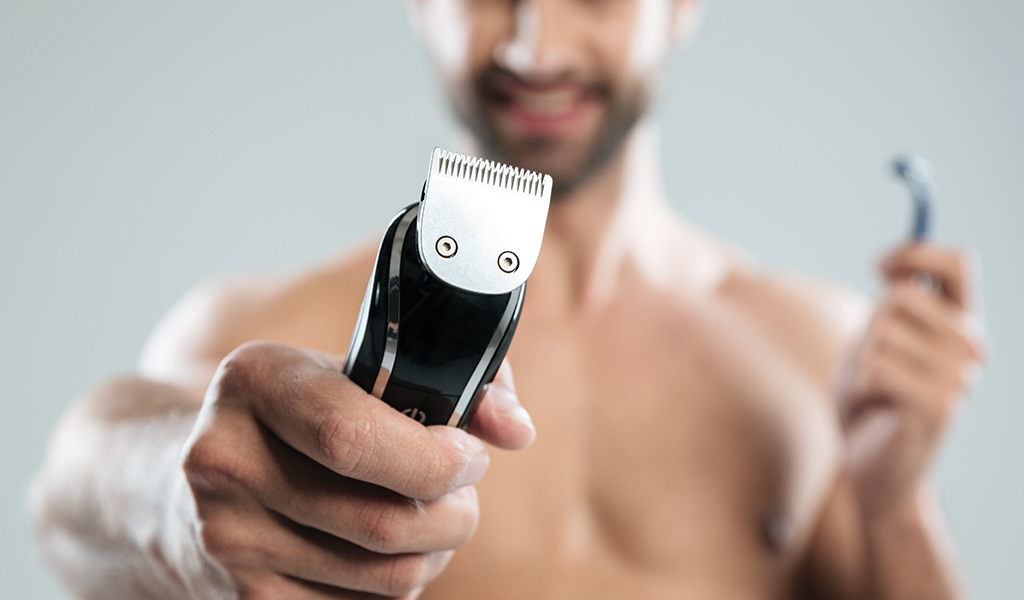
Risk Factors to Be Mindful of While Using An Electric Shaver
Using an electric shaver is generally safe, but there are a few important risk factors to keep in mind to ensure a smooth and trouble-free shaving experience:
Skin Irritation
Some people may experience skin irritation, especially if they have sensitive skin. This can be aggravated by using the shaver too frequently or pressing too hard against the skin. It’s important to use gentle, circular motions and avoid over-shaving the same area.
Ingrown Hairs
Electric shavers can sometimes contribute to ingrown hairs, particularly if the hair is cut too short or if the shaver doesn’t lift the hair properly before cutting.
To minimize this risk, consider using a pre-shave exfoliation routine to remove dead skin cells and prevent hairs from becoming trapped.
Risk of Cuts
Although electric shavers are designed to minimize cuts compared to manual razors, it’s still possible to nick the skin if not used properly. Pay attention to the direction of hair growth and avoid rushing through the shaving process.
Maintenance Issues
Neglecting to clean and maintain your electric shaver can lead to hygiene issues and reduced performance. Make sure to regularly clean the shaver head, replace dull blades, and lubricate moving parts as recommended by the manufacturer.
Allergic Reactions
Some individuals may develop allergic reactions to certain materials used in electric shaver components. If you notice any signs of irritation or discomfort after using a new shaver, discontinue use and consult with a dermatologist.
To minimize these risks, it’s important to choose an electric shaver that suits your skin type and hair texture. Experiment with different techniques and products until you find a routine that works best for you.
Remember to always follow the manufacturer’s instructions and prioritize skin health while using an electric shaver.
Safest Way to Use An Electric Shaver: Step-by-step Guide
Using an electric shaver is a convenient and effective way to groom yourself without the risks associated with traditional razors. To ensure the safest and most comfortable shaving experience, follow these step-by-step guidelines:
1. Preparation
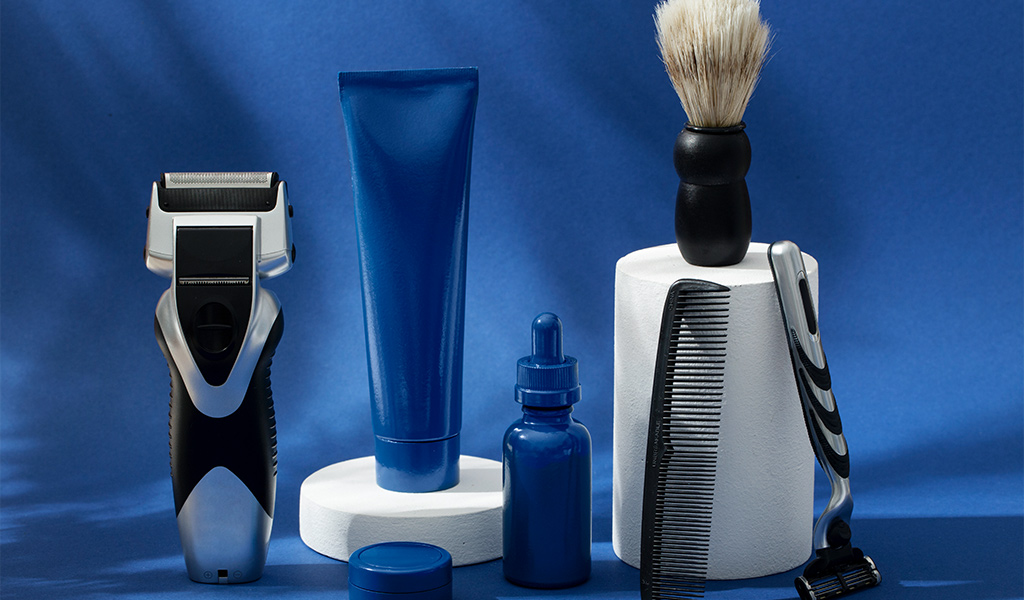
Before you start shaving, it’s essential to prepare your skin and the shaver:
- Cleanse your skin: Wash your face with a gentle cleanser to remove dirt, oil, and impurities. This helps prevent clogged pores and reduces the risk of irritation.
- Dry your skin: Pat your face dry with a clean towel. Avoid shaving on wet skin as it can reduce the effectiveness of the electric shaver.
2. Inspect the Shaver
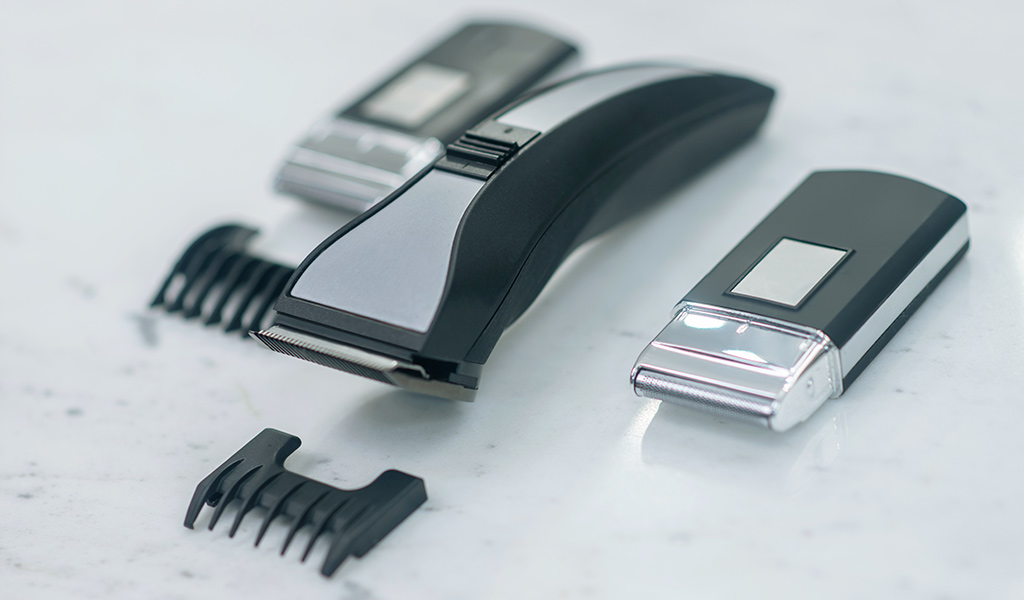
Before every use, inspect your electric shaver for any signs of damage or wear:
- Check the blades: Ensure that the blades are sharp and in good condition. Dull blades can tug at the hair and cause irritation.
- Clean the shaver: If there’s any buildup of hair or debris in the shaving head, clean it thoroughly according to the manufacturer’s instructions.
Step 3: Choose the Right Setting
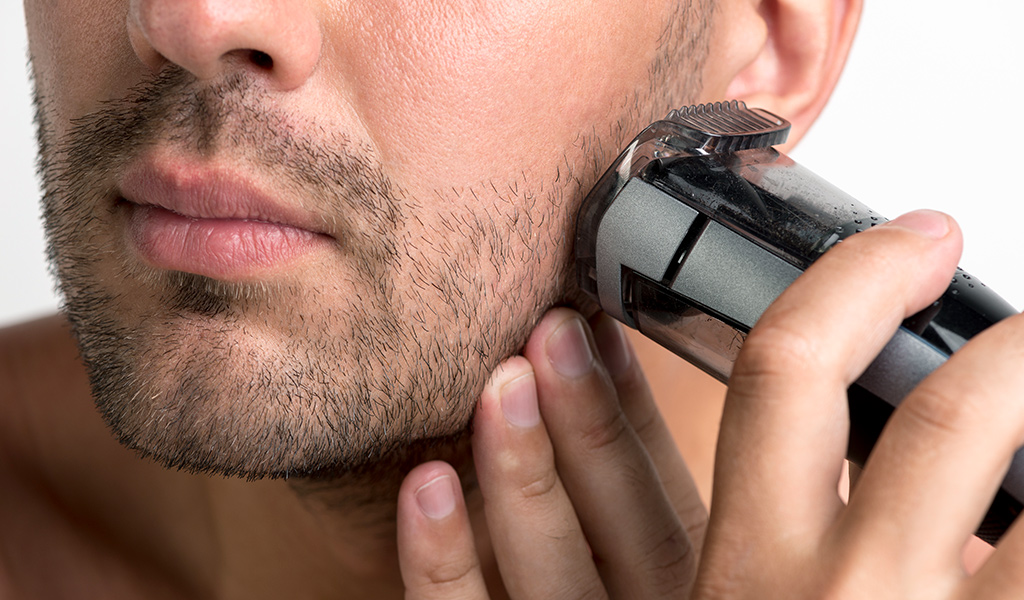
Electric shavers often come with adjustable settings to accommodate different hair lengths and skin sensitivities:
- Adjust the setting: If your shaver has adjustable settings, choose the appropriate setting based on your hair type and the length of hair you want to remove.
- Test on a small area: If you’re using a new setting or a new shaver, test it on a small area of your skin to ensure it’s comfortable and effective.
Step 4: Shaving Technique
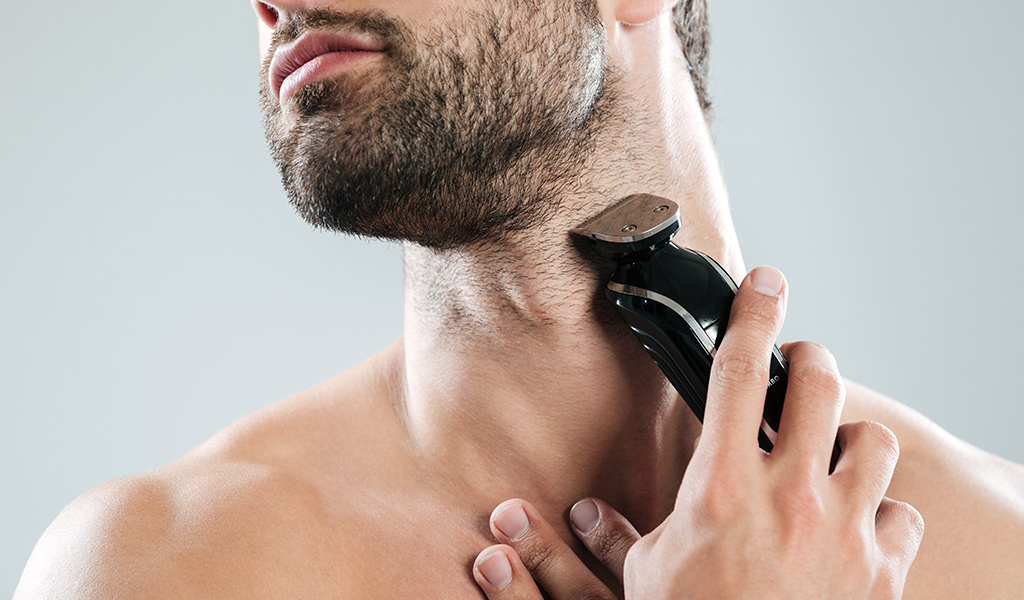
At this point, you should use the correct technique to achieve a close and safe shave:
- Shave against the grain: For best results, shave against the direction of hair growth. This helps lift the hair and ensures a closer shave.
- Use gentle pressure: Avoid pressing too hard on the shaver against your skin. Let the shaver’s blades do the work to reduce the risk of irritation or cuts.
- Move in circular motions: Use small circular motions to move the shaver across your skin. This helps capture more hairs and reduces the chance of missing spots.
Step 5: Be Mindful of Sensitive Areas
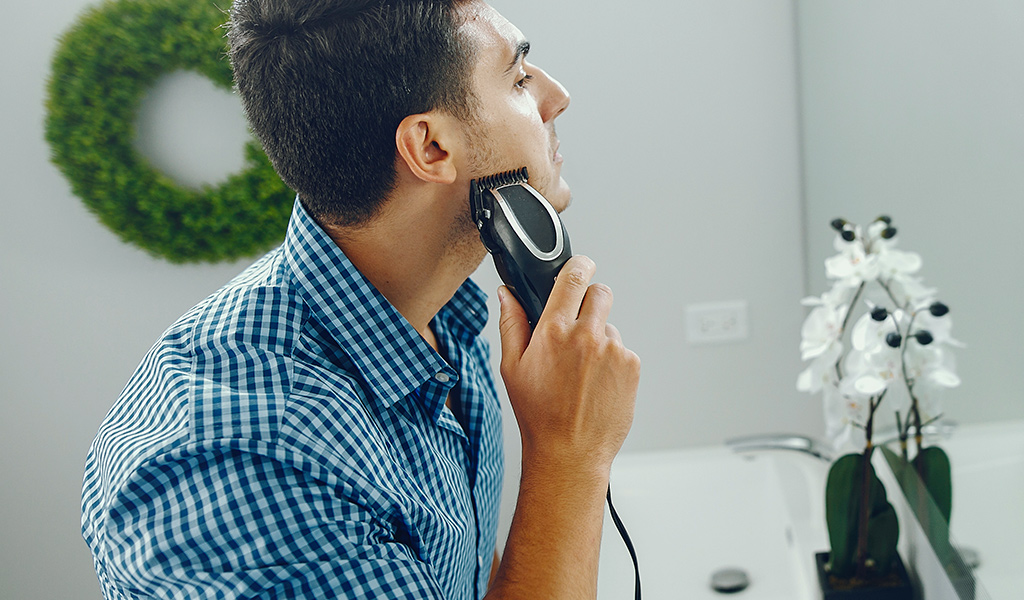
Now, pay special attention to sensitive areas of your face to prevent irritation:
- Avoid over-shaving: Limit the number of passes over sensitive areas to reduce the risk of irritation.
- Use a light touch: Be gentle around areas like the neck, jawline, and upper lip where the skin is more delicate.
Step 6: Post-Shave Care
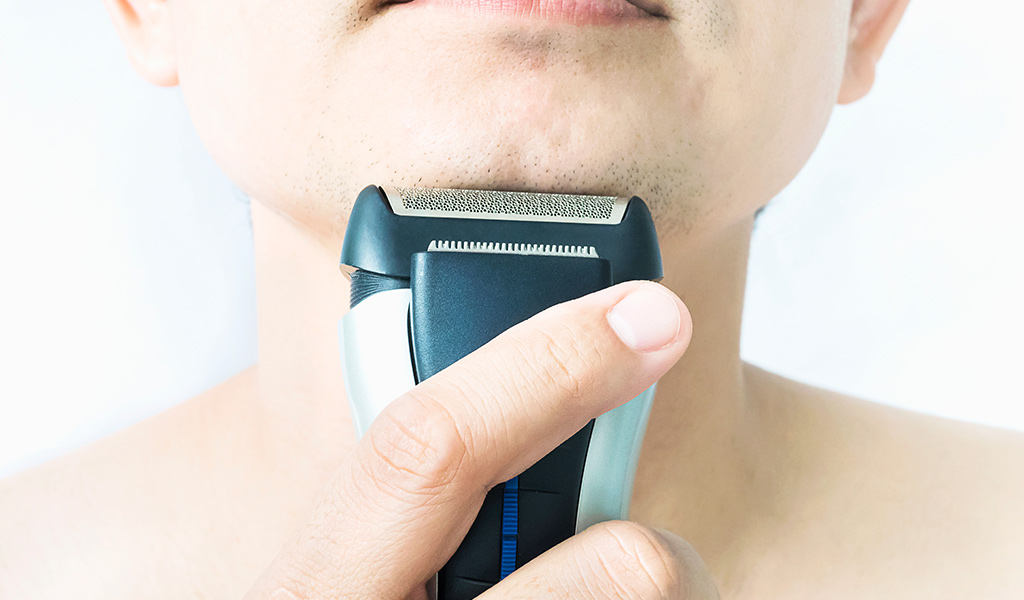
After you’ve finished shaving, take care of your skin to promote healing and prevent irritation:
- Rinse your face: Use lukewarm water to rinse off any remaining shaving cream or debris from your face.
- Apply moisturizer: Use a soothing aftershave lotion or moisturizer to hydrate and calm your skin. Look for products that are alcohol-free to avoid stinging or drying out your skin.
Step 7: Clean and Maintain Your Shaver
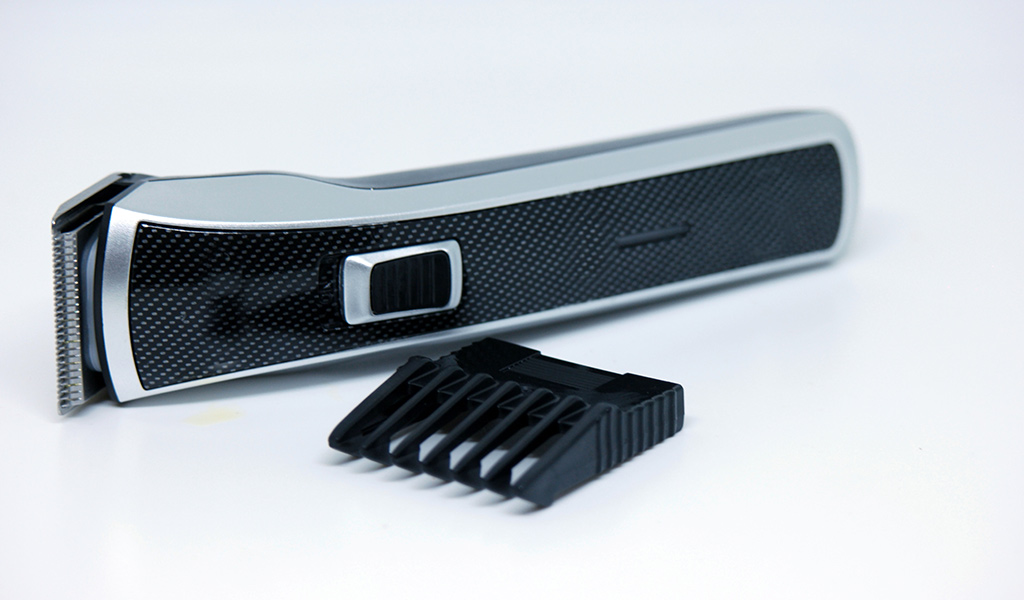
Proper maintenance of your electric shaver is crucial for its longevity and performance:
- Clean after every use: Rinse the shaving head under running water to remove hair and debris. Some shavers come with cleaning stations that automatically clean and lubricate the shaver.
- Replace blades regularly: Follow the manufacturer’s recommendations for replacing the blades or shaving heads to ensure optimal performance.
By following these steps and tips, you can use your electric shaver safely and effectively to achieve a smooth and comfortable shave every time.
Experiment with different techniques and products to find the routine that works best for your skin type and preferences. If you have any concerns or experience persistent irritation, consult with a dermatologist for personalized advice.
Mistakes to Avoid While Using An Electric Shaver
Using an electric shaver can be a game-changer for your grooming routine, but there are certain mistakes to avoid to ensure a smooth and comfortable shaving experience:
Using an Old or Dull Blade
Avoid using an electric shaver with dull blades. Dull blades can tug at the hair instead of cutting it cleanly, leading to irritation and discomfort. Replace the blades or shaving heads as recommended by the manufacturer.
Skipping Preparation
Don’t skip the pre-shave preparation. Cleansing your skin and drying it properly before shaving helps remove dirt and oil, allowing the shaver to glide smoothly over your skin.
Applying Too Much Pressure
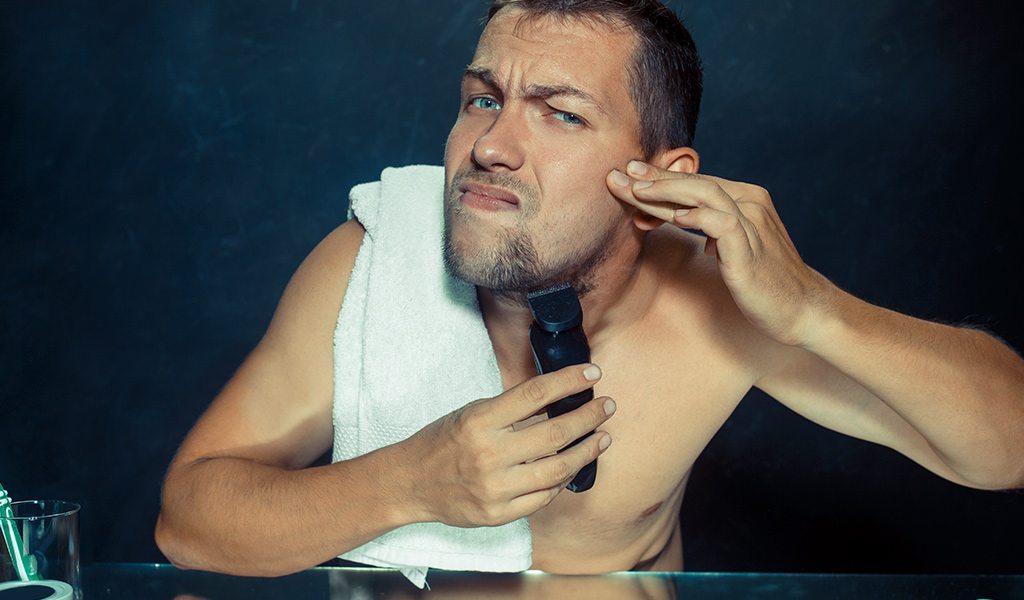
One common mistake is pressing too hard with the electric shaver against your skin. Let the shaver do the work, use gentle, light strokes to achieve a close shave without irritating your skin.
Neglecting Maintenance
Neglecting to clean and maintain your electric shaver can impact its performance and hygiene. Clean the shaving head regularly and follow the manufacturer’s instructions for proper maintenance.
Shaving Against the Grain Too Soon
Avoid shaving against the grain immediately, especially if you have sensitive skin. Start by shaving with the grain to minimize irritation, then go against the grain for a closer shave if desired.
Over-Shaving the Same Area
Don’t over-shave the same area multiple times. This can lead to irritation and increase the risk of ingrown hairs. Follow a systematic shaving pattern and limit the number of passes over each area.
Ignoring Skin Sensitivity
Everyone’s skin is different. If you have sensitive skin, be mindful of the shaving technique and products you use. Opt for gentle products and techniques to minimize irritation.
By avoiding these common mistakes and adopting proper shaving techniques, you can maximize the benefits of using an electric shaver while minimizing discomfort and irritation.
Experiment with different methods to find what works best for your skin type and shaving preferences. If you experience persistent irritation or skin issues, consult with a dermatologist for personalized advice and recommendations.
Skin Care Before and After Using an Electric Shaver
Taking care of your skin before and after using an electric shaver can help prevent irritation and promote healthier skin. Here’s how to incorporate skincare into your shaving routine:
Before Using the Electric Shaver:
- Cleanse your skin: Wash your face with a gentle cleanser to remove dirt, oil, and impurities. This helps prevent clogged pores and allows the shaver to glide smoothly over your skin.
- Exfoliate (optional): Consider exfoliating your skin a few times a week to remove dead skin cells and prevent ingrown hairs. This can also help the electric shaver capture hairs more effectively.
- Dry your skin: Pat your face dry with a clean towel. Shaving on dry skin ensures optimal performance of the electric shaver.
After Using the Electric Shaver:
- Rinse with cool water: After shaving, rinse your face with cool water to remove any leftover shaving cream or debris.
- Apply aftershave lotion or moisturizer: Use a soothing aftershave lotion or moisturizer to hydrate and calm your skin. Look for products that are alcohol-free to avoid irritation.
- Avoid touching your face: Refrain from touching your face immediately after shaving to prevent transferring bacteria to freshly shaved skin.
- Clean and store your shaver: Clean the shaving head of your electric shaver according to the manufacturer’s instructions and store it in a clean, dry place.
Incorporating these skincare steps into your shaving routine can help maintain healthy and smooth skin while reducing the risk of irritation or discomfort.
Customize these steps based on your skin type and preferences to achieve the best results. If you experience persistent irritation or skin issues, consult with a skincare professional for personalized advice.
Wrapping Up
Electric shavers offer a safer and more convenient alternative to traditional razors for achieving a smooth and comfortable shave.
We all should understand how to use an electric shaver properly and incorporate good skincare practices into our routine to minimize the risk of irritation, cuts, and other shaving-related issues.
Electric shavers are designed with features that prioritize safety, such as protective screens and adjustable settings to accommodate different hair types and skin sensitivities.
However, it’s important to use the shaver correctly by avoiding common mistakes like applying too much pressure or neglecting maintenance.
Remember to prepare your skin before shaving by cleansing and drying it properly, and follow up with post-shave care such as applying moisturizer to keep your skin hydrated and calm.
Regularly clean and maintain your electric shaver to ensure optimal performance and longevity.
Ultimately, choosing the right electric shaver and adopting proper shaving techniques can transform your grooming routine into a smoother, safer, and more enjoyable experience.
